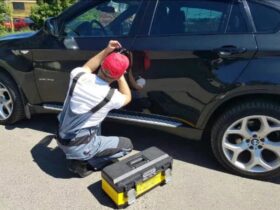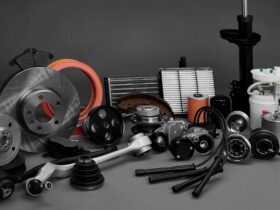The modern rhythm of life involves the rapid movement of a person during the day: study, work, business meetings, trips, etc.d. The daily load on our body leads to stress, fatigue and a feeling of malaise, sometimes climbing stairs is already a problem and can cause shortness of breath and heaviness. In order for our lungs to cope with such loads, they need to be trained. Let’s look at what ways you can train the respiratory apparatus so that the lungs gain strength and be able to cope with any load.
How to train breathing apparatus
First of all, you need to lead a healthy lifestyle. If you have such a bad habit as smoking, you should definitely get rid of it. Smoking leads to difficulty breathing, shortness of breath and interferes with the normal functioning of a person.
The most accessible and effective way to train the respiratory system is running. Unlike going to the gym, you do not need to spend money on a subscription, you can run at any time and when you have the opportunity.
Start training in the morning or in the evening, for short distances and at low speed. At first, it will be difficult for you, it may tingle in your side, but after a few days, jogging will be given to you easily and with joy. When running, the main thing is to breathe correctly: inhale through your nose, exhale through your mouth. Distribute the load evenly, do not give out 100% in the first days and fall without force on the ground. If during a run you feel like you are losing your rhythm or are very tired, stop and rest for a while.
How to train breathing apparatus
If running is not for you for some reason, then try walking with a brisk walk. Start strengthening your lungs with regular brisk walks, gradually moving to easy running or walking. In this case, the speeds will be lower than when running, but the load on the lungs is sufficient for beginners.
Also good for training and strengthening the respiratory apparatus – swimming. This method is more pleasant than running, as it causes relaxation of the body and does not require much physical effort. When immersed in water, the human body loses most of its body weight, while the movements become smooth. By making swimming movements, your lungs and chest muscles are actively working, which leads to the strengthening of the respiratory system. Swimming, also watch your breath, control your well -being. If breathing becomes heavy, intermittent, then restore it by taking deep breaths, the body should be in a calm state.
You can also strengthen the respiratory system with the help of physical exercises at home. Any breathing exercises will be effective if they are combined with active movements of your hands and the entire body. Exercises can be aimed at dynamic (active) breathing and static (passive) breathing.
How to train breathing apparatus
Dynamic breathing: raise your arms up and spread them apart while inhaling. At the same time, your chest opens up. Lower your arms along the body, exhaling – the chest is compressed. Please note that the exhalation should always be longer than the inhalation!
Static breathing: used after performing complex physical exercises. Perform 2-3 breathing movements (inhale-exhale) in a state of complete rest.
Exercise “Hands”. Take 4 noisy breaths through your nose. After 5 seconds, repeat the same and then do 24 sets of 4 breaths. For the exercise to be effective, make sure that the lips are closed when inhaling and exhaling.
The Donuts exercise is carried out similarly to the Palms exercise, only 8 breathing movements are already done without stopping in 12 sets.
Exercise “Pump” is performed when you have trained in the previous two exercises. Here you need to do 14-16 breathing movements in 12 sets.
All three of these exercises should be performed regularly in the morning and evening. The transition from one exercise to another is 2-3 days.
Breathing apparatus training will allow you to prevent many diseases and make your lungs strong and healthy. Remember that your health is only in your hands, watch your breathing and exercise regularly if possible.













Leave a Reply